Contents
Introduction to Spray Foam
Spray foam insulation is one of the most efficient and effective materials for improving a home’s energy efficiency and comfort. It provides an airtight seal that helps keep out drafts, airborne particles, and moisture. Spray foam insulation is also incredibly durable and cost-effective. This article will provide a comprehensive overview of what spray foam is, how it works, its benefits, and the different types available on the market today.
Benefits of Using Spray Foam
Spray foam is a versatile, cost-effective insulation material used in various applications. It offers numerous benefits compared to other traditional insulation materials, such as fiberglass and cellulose, making it an increasingly popular choice among contractors and homeowners. Spray foam insulation is applied as a liquid before expanding into its solid form, allowing for superior coverage and protection to any area it’s applied to. Here are some of the benefits of using spray foam:
One of the main advantages of spray foam is its ability to expand when applied, resulting in a better seal against air leakage. This ensures that the conditioned air stays where it should be – inside your home – thus helping you reduce energy costs by up to 50%.
Is Spray Foam a good insulation choice for the Texas climate?
Spray foam is an excellent insulation for the Central Texas climate. It provides superior insulation to traditional insulation materials and can help reduce energy bills in hot and cold weather. In addition, spray foam insulation helps create an airtight seal which prevents air leakage and helps keep your home comfortable all year round.
Spray foam insulation is an excellent investment for any home in Texas, as it will save you money on your energy bills and increase your home’s value. It is also very durable and can last for decades with minimal maintenance. Furthermore, it is relatively easy to install and can be done quickly by a professional contractor or DIYer.
Overall, spray foam insulation is an excellent choice for homes in Texas due to its superior insulating properties, durability, and ease of installation. It will provide long-term savings on energy bills while also increasing the value of your home.
Types of Spray Foam
Open-cell spray foam has tiny cells that are not entirely sealed off from each other. It is characterized by its soft texture and flexibility, making it ideal for soundproofing walls or ceilings and providing thermal insulation. Open-cell spray foam also works well in hard-to-reach corners or thin cavities.
Closed-cell spray foam consists of tightly packed cells forming an impenetrable layer over any insulated area.
Where is Open-cell Spray Foam Used?
Open-cell spray foam is an innovative insulation product that has become increasingly popular recently. It is used in various commercial and residential applications to provide superior insulation qualities compared with traditional insulating materials such as fiberglass or cellulose. Open-cell spray foam can be used for walls, ceilings, attics, basements, and crawl spaces to create an airtight seal that helps to keep energy costs down.
The flexibility of open-cell spray foam makes it suitable for use in hard-to-reach areas like corners and tight spaces. It also can expand up to 100 times its original size when applied, which helps create an effective barrier against heat transfer and noise pollution. Open-cell spray foam can be found in various places, including homes, businesses, offices, and industrial buildings.
Where is Closed-cell Spray Foam Used?
Closed-cell spray foam is a popular insulation material used in many commercial, residential, and industrial applications. Closed-cell spray foam provides superior thermal protection and airtightness to protect against heat loss, air infiltration, and external moisture. It’s one of the most versatile building materials available today due to its wide range of uses.
This type of insulation is often used for roofing and wall systems due to its superior ability to prevent water vapor from entering the building envelope. It can also be used in attics, crawlspaces, and other interior spaces such as basements, garages, or workshops. In addition, closed-cell spray foam can act as an effective sound barrier between rooms or between different floors in a multi-level home. Furthermore, it can be applied around ductwork, piping, and electrical wiring for improved energy efficiency in homes that use these services.
Installation Process of Spray Foam
Spray foam is an excellent insulation material that can help protect your home from air seepage, temperature change, and other environmental elements. Installing spray foam correctly can be a complicated process that requires the skills of professionals, but it doesn’t have to be intimidating. Knowing what to expect during the installation process can help you prepare better for what lies ahead.
The first step in installing spray foam involves preparing the area where it will be applied. This includes prepping walls and ceilings by removing debris, dirt, or dust and sanding down uneven surfaces. Once this is done, workers use a special primer to ensure a strong bond between the surface and the new insulation material.
The next step is applying the foam itself. Professionals typically use powerful equipment to spray the foam onto walls and ceilings in an even layer with minimal mess or waste.
Maintenance & Care for Spray Foam
Spray foam insulation is an increasingly popular option for new and existing homes, providing superior thermal performance and airtight sealing abilities. However, homeowners must be aware that proper maintenance and care should be taken to ensure the longevity of spray foam insulation.
Homeowners must take extra precautions to prevent moisture or humidity from entering the space where the spray foam insulation is installed. If this happens, it can cause mold growth or deterioration of the material itself. Periodic inspections should also ensure no signs of wear around any penetrations created during installation, such as pipes or ducts.
In addition to regular inspection and maintenance, homeowners should check for gaps or cracks that may have occurred over time due to the aging or settling of the house’s structure.
